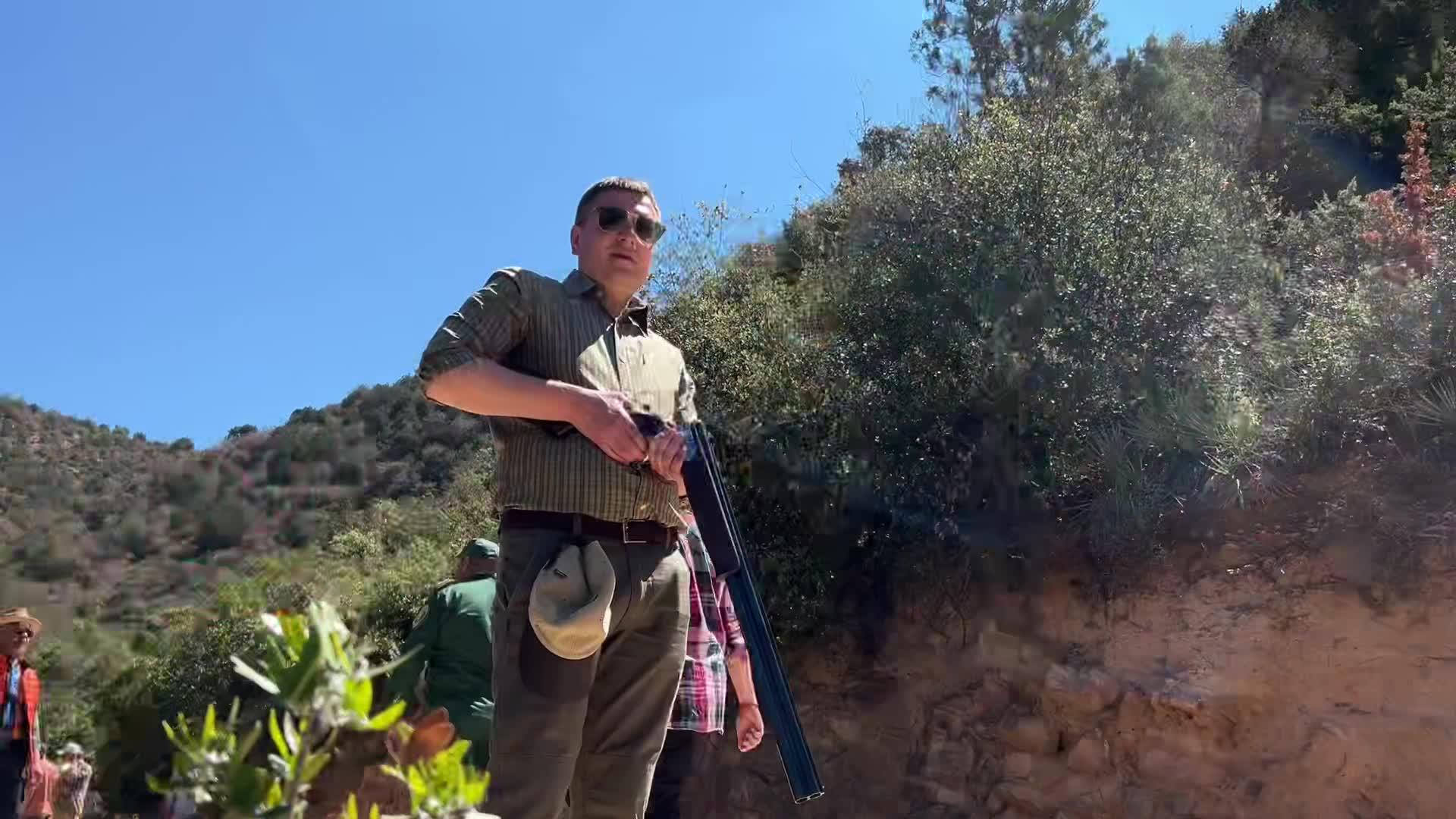
Hunting in the Atlas Mountains: Where to Stay for the Ultimate Experience The Atlas Mountains are not only a haven for hunters—they’re a gateway to Morocco’s most breathtaking landscapes and luxurious retreats. Whether you’re tracking Barbary sheep across rocky ridges or bird hunting in the foothills, your choice of accommodation can transform the trip from rugged to remarkable. This guide focuses exclusively on the best hotels for hunters, with expanded details to help you choose the perfect base. --- 🏨 Top Hotels for Hunters in the Atlas Mountains Widiane Resort & Spa – Bin El Ouidane The crown jewel of Atlas Mountain lodging, Widiane Resort is a 5-star sanctuary perched above Lake Bin El Ouidane in Azilal Province. It offers direct access to hunting grounds and is often included in premium hunting packages. • Rooms: Split between the traditional Kasbah wing and the modern Source wing, with panoramic lake and mountain views. • Amenities: Infinity pool, helipad, hammam, spa, gym, and multiple restaurants serving Moroccan and Mediterranean cuisine. • Activities: Water sports, hiking, and bird shooting excursions in season. • Atmosphere: A blend of Berber charm and contemporary luxury. • Ideal for: Hunters seeking upscale comfort, couples, and groups. Explore Widiane Resort --- Kasbah Bab Ourika – Ourika Valley Set high above the Ourika Valley, this eco-luxury kasbah offers sweeping views of the High Atlas and terraced farmland. • Design: Earth-toned architecture, handcrafted décor, and solar-powered systems. • Dining: Organic farm-to-table meals with local ingredients. • Wellness: Hammam, yoga terrace, and garden walks. • Ideal for: Solo hunters and couples seeking serenity. --- The Capaldi Hotel – Lalla Takerkoust Located near Lake Takerkoust, this boutique hotel is a stylish retreat with French-Moroccan flair. • Facilities: Two pools, spa, cinema, and landscaped gardens. • Access: Close to bird hunting zones and Marrakech. • Ideal for: Hunters who want to unwind in style. --- Michlifen Resort & Golf – Ifrane, Middle Atlas An alpine-style resort surrounded by cedar forests and rolling hills. • Rooms: Chalet-inspired suites with fireplaces and balconies. • Extras: Indoor pool, spa, and golf course. • Ideal for: Winter hunts and high-altitude game pursuits. --- Kasbah Angour – Near Marrakech A boutique kasbah with handcrafted décor and mountain views. • Location: 30 minutes from Marrakech, ideal for High Atlas access. • Dining: Traditional Moroccan cuisine served on panoramic terraces. • Ideal for: Hunters who want cultural immersion with comfort. --- Olinto Atlas Mountain Retreat – Ouirgane An adults-only escape founded by Prince Fabrizio Ruspoli. • Suites: Nine private pavilions with gardens and terraces. • Ambience: Antique furnishings, olive groves, and hammam treatments. • Ideal for: Solo hunters or couples seeking privacy. --- Touda Ecolodge – Aït Bougmez Valley A sustainable lodge at 2,200 meters elevation in the M’Goun Conservation Area. • Style: Traditional Berber architecture with eco-conscious design. • Activities: Trekking, birdwatching, and high-altitude hunts. • Ideal for: Adventurous hunters and nature lovers. --- Hotel Le Village du Toubkal – Toubkal National Park A budget-friendly option with balconies overlooking the Imlil Valley. • Design: Amazigh-inspired interiors and communal dining. • Access: Close to rugged terrain for mountain game. • Ideal for: Hunters on a budget or short stays. --- 🧳 What to Expect from Atlas Mountain Lodging • Cuisine: Expect tajines, couscous, and mint tea—often with locally sourced ingredients. • Atmosphere: A fusion of Berber tradition and European elegance. • Accessibility: Most hotels offer transfers from Marrakech or Fes; remote lodges may require 4x4 vehicles. • Seasonality: Peak hunting months are October to March; book early for best availability. --- ✅ Final Thoughts Choosing the right hotel in the Atlas Mountains is about more than comfort—it’s about aligning your stay with the spirit of the hunt. Whether you opt for the opulence of Widiane Resort or the rustic charm of Touda Ecolodge, your lodging will shape your experience in Morocco’s wild heart.
Post: 9 January 18:38
















































